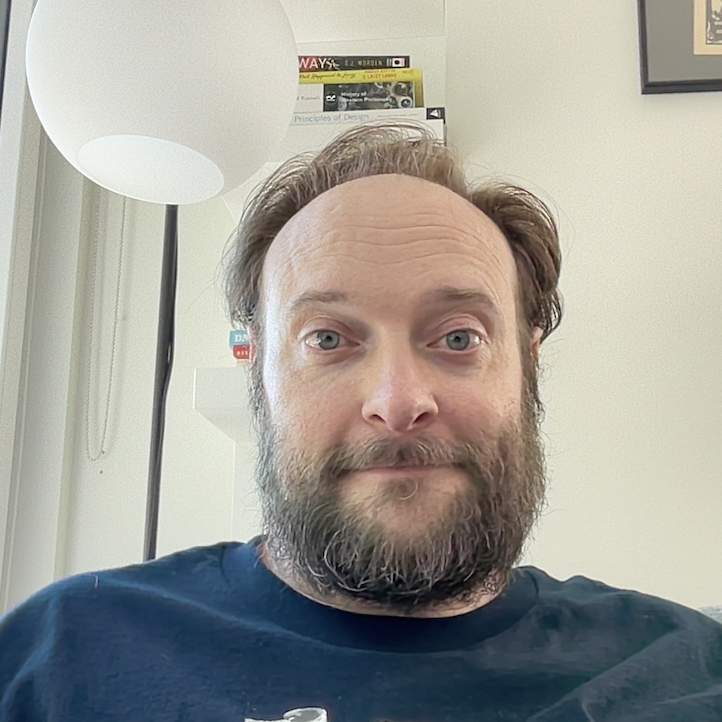Open-Source First Development Model
At Onetime Secret, we believe in transparency and community-driven development. Our open-source first approach ensures that all new features and improvements benefit our entire user base, from individual developers to enterprise customers. This post outlines our development model, its benefits, and how it shapes our business strategy.
This document is a work in progress. It outlines our current approach and thinking, but specifics may evolve as we refine our strategy. We welcome community feedback on this open-source first model.
1. About
Onetime Secret follows an "open-source first" development model. All new features and improvements are initially developed for our open-source project before being implemented in our paid services. This document outlines our approach, its benefits, and strategies for effective communication and implementation.
2. Core Principles
- All new features and improvements are developed for our open-source project first
- Paid services benefit from open-source advancements
- Transparent and community-driven development process
- Commitment to open-source ethics and principles
3. Benefits of Our Model
3.1 For the Open-Source Community
- Continuous improvement of the open-source project
- Transparency in feature development
- Encouragement of community contributions
- Assurance that the project remains cutting-edge
3.2 For Paid Service Customers
- Guarantee of up-to-date features
- Confidence in supporting open-source development
- Access to a robust, community-tested platform
- Transparent view of upcoming features and improvements
3.3 For Onetime Secret as a Business
- Differentiation in the market
- Strong community relations and trust
- Efficient development cycle
- Potential for community-driven innovation
4. Communication Strategies
4.1 Key Messages
- "All new features are developed for our open-source project first"
- "Paid subscriptions directly support open-source development"
- "Choose our services for convenience, expert management, and to support privacy-enhancing technology"
4.2 Channels for Communication
- Project documentation
- Website and landing pages
- Blog posts
- Community forums and discussions
5. Implementing the Model
5.1 Development Workflow
- Feature ideation (community input welcomed)
- Open-source implementation
- Community testing and feedback
- Refinement based on community input
- Integration into paid services
5.2 Community Engagement
- Maintain a public roadmap
- Regular project updates and changelog
- Open feedback channels
- Recognition for community contributions
5.3 Balancing Resources
- Transparent allocation of revenue towards development
- Clear communication on how paid services support ongoing work
6. Paid Services Strategy
6.1 Value Proposition
- Expert operations management and maintenance
- Guaranteed uptime and performance
- Professional support
- Easy scalability
- Regular security audits and updates
6.2 Pricing Strategy
- Based on service quality and support, not feature exclusivity
- Transparent pricing structure
- Generous free plans as a bridge to paid services
6.3 Feature Rollout
- New features always available in open-source first
- Paid services benefit from immediate integration of new features
7. Legal and Ethical Considerations
7.1 Licensing
- Maintain clear MIT licensing for open-source project
- Distinct terms of service for paid offerings
7.2 Contributor Agreements
- Clear guidelines for code contributions
- Transparent process for incorporating community contributions
7.3 Ethical Monetization
- Focus on adding value through services, not restricting features
- Commitment to keeping core privacy features open and accessible
8. Metrics and Evaluation
8.1 Key Performance Indicators
- Open-source project growth and engagement
- Conversion rate from open-source users to paid customers
- Customer satisfaction and retention
- Community contribution levels
8.2 Regular Review Process
- Quarterly assessment of model effectiveness
- Annual strategic review and adjustment
9. Future Considerations
- Potential for educational initiatives around privacy and security
- Exploration of additional value-added services
- Ongoing refinement of the balance between open-source and commercial interests
10. Conclusion
Our open-source first development model positions Onetime Secret as a leader in ethical, community-driven development of privacy-enhancing technology. By prioritizing open-source development, we ensure that our project remains at the forefront of innovation while building a sustainable business model through value-added services.
Originally post to the GitHub repo wiki
Onetime Secret v0.17.0: Foundation for the Future
This release focuses on foundational improvements and technical debt reduction. While maintaining the core functionality and user experience, v0.17.0 introduces substantial backend enhancements that set the stage for future innovations.
Onetime Secret v0.16.0 Release - Modern UI and Enhanced Development
This major update brings significant modernization to Onetime Secret's technology stack and user interface, while maintaining its core functionality as a secure, one-time sharing platform for sensitive information.
